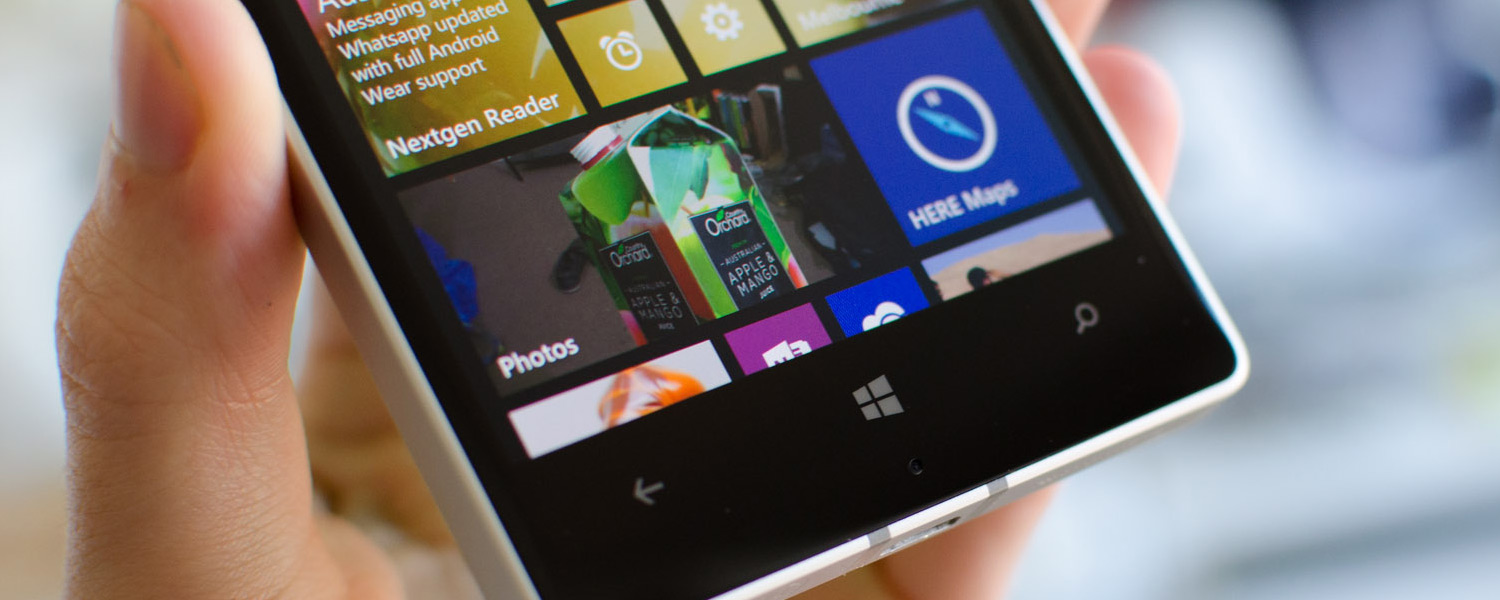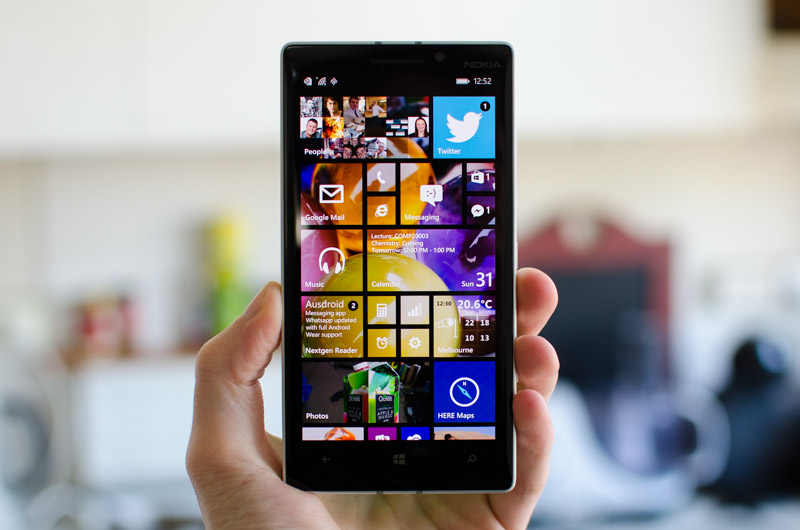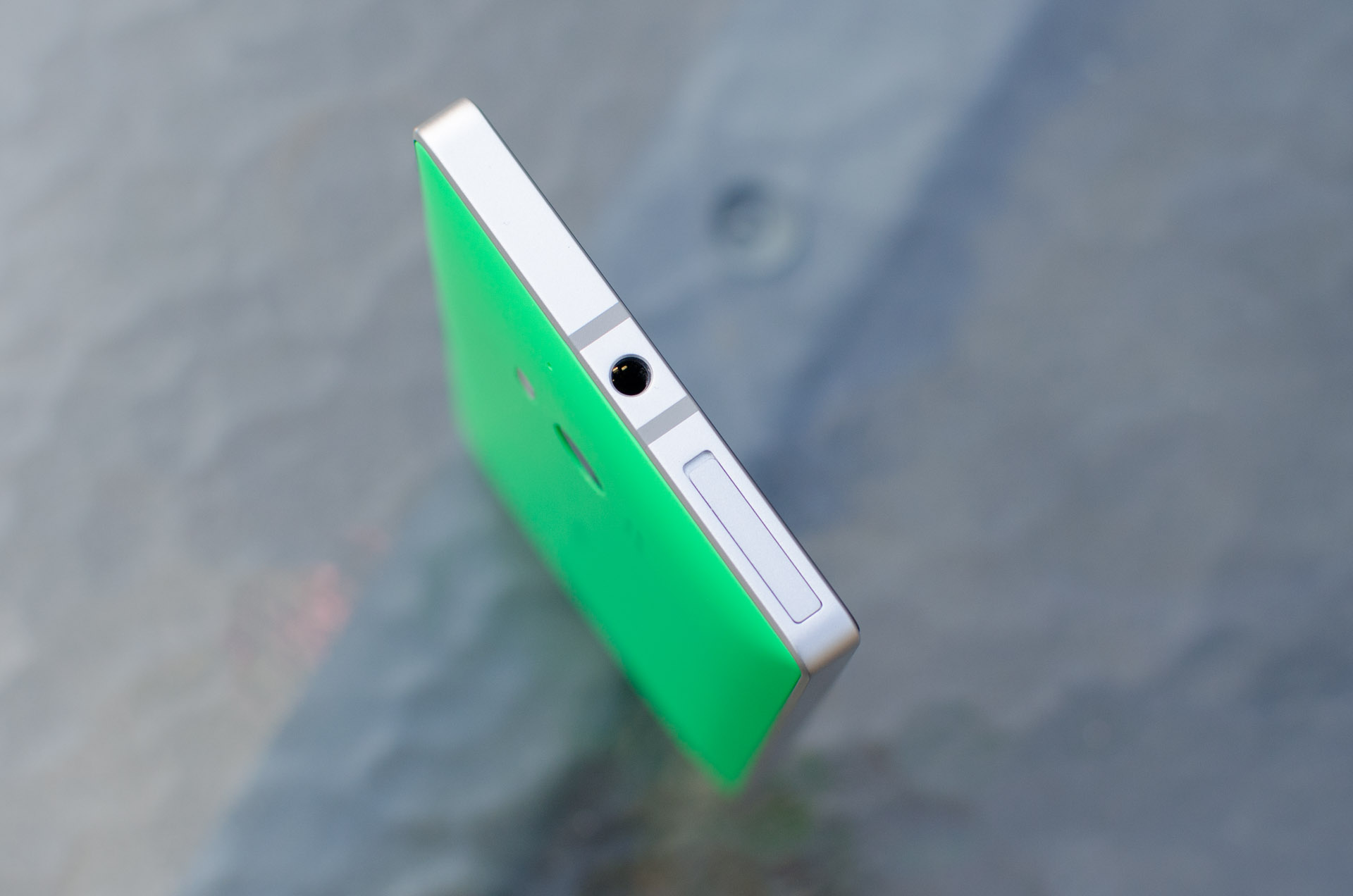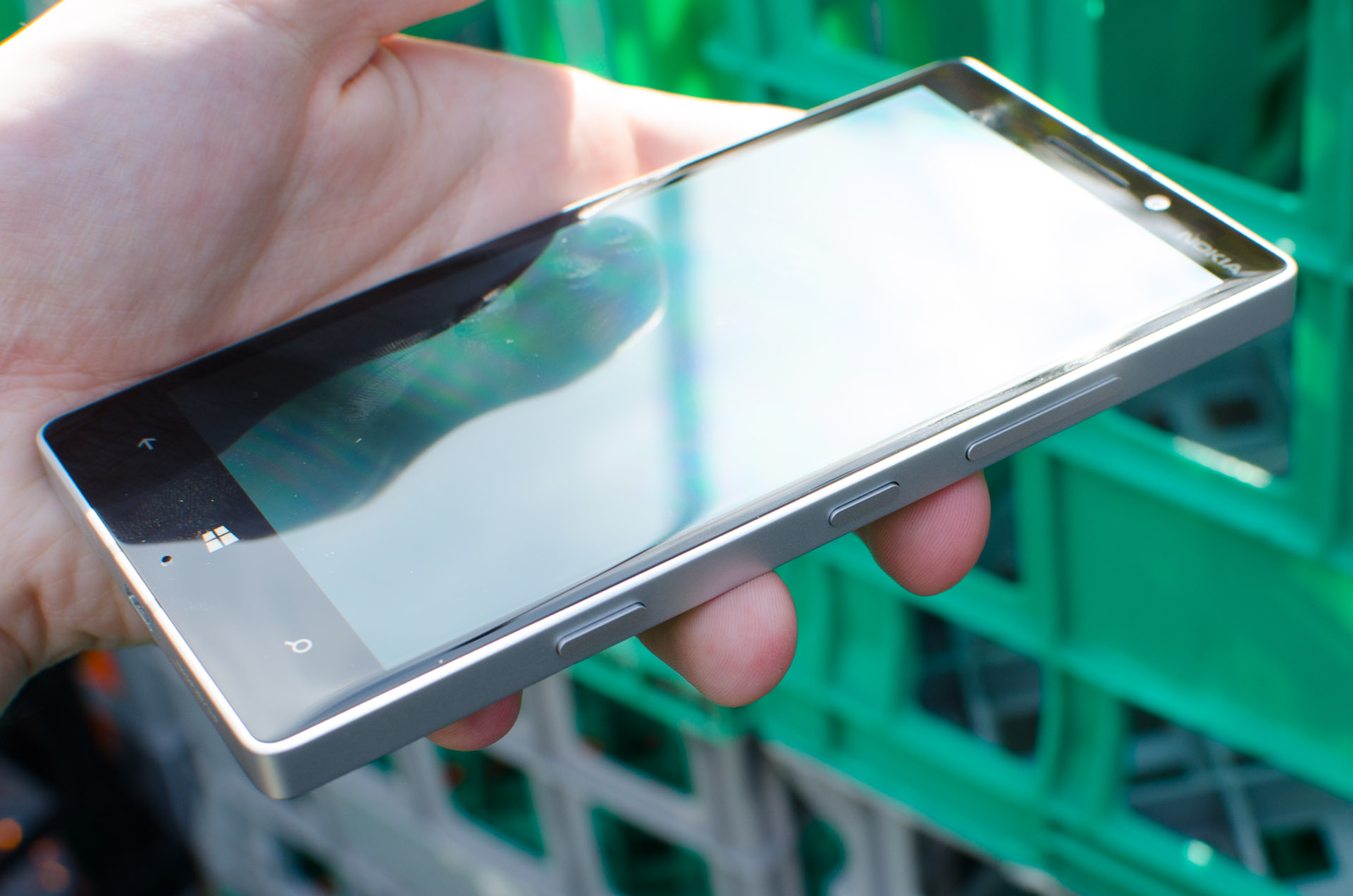Five years ago it would have been hard to fathom Microsoft, fresh off a release of Windows 7, owning one of the biggest phone manufacturers in the world. But today, in 2014, we live in a world where Nokia's phone business is controlled by Microsoft, with every smartphone off the production line running Windows Phone. Times well and truly change quickly.
The majority of Nokia/Microsoft's smartphone business focuses on mid-range and entry-level products, with devices like the Lumia 520 proving especially popular. However, every year the company releases a few flagships to compete with the likes of the iPhones, Galaxys and Ones, usually in several form factors to attract a range of buyers. Last year, for example, we saw the release of the Lumia 925, the large-screened Lumia 1520, and the 41-megapixel Lumia 1020.
Today I'm reviewing the Nokia Lumia 930, which is the company's standard flagship and successor to the Lumia 925. You might notice that this handset looks very similar to the Lumia Icon the company released earlier this year exclusively on Verizon, and that's because it's essentially the international version of the Icon, packing Windows Phone 8.1 out of the box.
I'm not sure why it took Nokia six months to release the Icon in markets outside the US, but the delay doesn't appear to be too costly: the hardware inside the Lumia 930 easily competes with the latest Android devices. You get a large, 5-inch 1080p AMOLED display, a powerful Qualcomm Snapdragon 800 SoC, and Nokia's signature 20-megapixel PureView camera.
Design-wise I was quite impressed with what Nokia has delivered as part of the Lumia 930's overall package. The rectangular, modern styling fits well with the Windows Phone operating system it runs, while also giving the smartphone a generally attractive body that improves on some of Nokia's past designs.
Most importantly, the smartphone is well-built, using a combination of tough Gorilla Glass on the front, aluminium around the edges, and soft-touch plastic on the back. This does mean that the 930 is a tad weighty, tipping the scales at 167 grams, but it doesn't feel as brick-like as the notorious Lumia 920. All the materials used are high quality, and are joined together well, giving the handset a tough, cohesive and pleasing feel.
While the Lumia 930 is well made, it's clear that Nokia hasn't put much effort into producing the slimmest smartphone going around. The aluminium edges are squared off such that there's no hiding the phone's thickness, with the back curving slightly to fit in more components. Nokia claims the 930 has a "volume thickness" of 9.8mm, and by my measurements the device balloons out to 10.5mm at its thickest point.
Usually vendors opt for thicker smartphones so they can pack in larger batteries, but the Lumia 930 includes just a 9.2 Wh (2,420 mAh) non-removable cell, smaller than most flagship smartphone batteries. I'll talk more about battery life later in this review, although I do have to wonder what causes the 930 to be this thick when the battery isn't an obvious culprit.
The choice to use three separate materials for the Lumia 930's design can give the smartphone and interesting three-tone color profile. The green model I received has a vibrant, bright green back (which turned a fair share of heads), plus a sliver aluminium edge, and a black front panel. I don't think the three colors gel together particularly well, but this isn't an issue on the white model or the all-back model. Orange is also an option if you want something out of the ordinary.
The front panel is mostly display, like all modern smartphones, covering 71% of the area available to it. Above the display you'll find a slim speaker grill and the front facing camera, and at the bottom are the capacitive navigation buttons. The Gorilla Glass 3 protecting the panel is convexly curved so that your fingers slide nicely off the edges during operation, giving the display an edgeless feel that I really appreciate.
Around the edges you'll find the nano-SIM tray integrated into the top panel, along with the 3.5mm audio jack; on the right edge is a quartet of buttons including the dedicated camera button; and on the bottom there's the micro-USB port. Also on the bottom edge are regulatory engravings, which are unfortunately mandatory and ruin the sleekness of the aluminium build.
If you look closely you should also be able to spot several plastic strips on the top and bottom that break up the aluminium edge into segments. While it'd be great to see the edge constructed from one piece, the plastic is necessary to ensure the wireless radios function correctly.
There's no stereo front facing speakers like HTC and Sony provide on their flagships, with the Lumia 930's single loudspeaker on the back. It isn't great quality like most small phone speakers, but it does the job for notification tones and the occasional bit of video playback. It's also in a clever position on the back that makes it hard to block with your fingers while playing games, which can often be an annoying aspect of the rear-facing speaker.
While I really like the design of the Lumia 930 from a visual standpoint, there's one drawback to the rectangular slab body Nokia has used: it's not very ergonomic. The squared-off edges, particularly the bottom-right corner that is closest to the palm of my hand during usage, aren't moulded with comfort in mind. Rounding these edges more would improve the ergonomics of the handset, although it would come at the cost of design, always an unfortunate trade-off.
As far as minor complaints go, the typical Nokia choice of placing the power button below the volume rocker makes it slightly too low down on the right-hand edge for perfect use. The positioning of the capacitive buttons can make them hard to hit as well, especially the back button, until you get familiar with how to hold the Lumia 930 in your hands.











